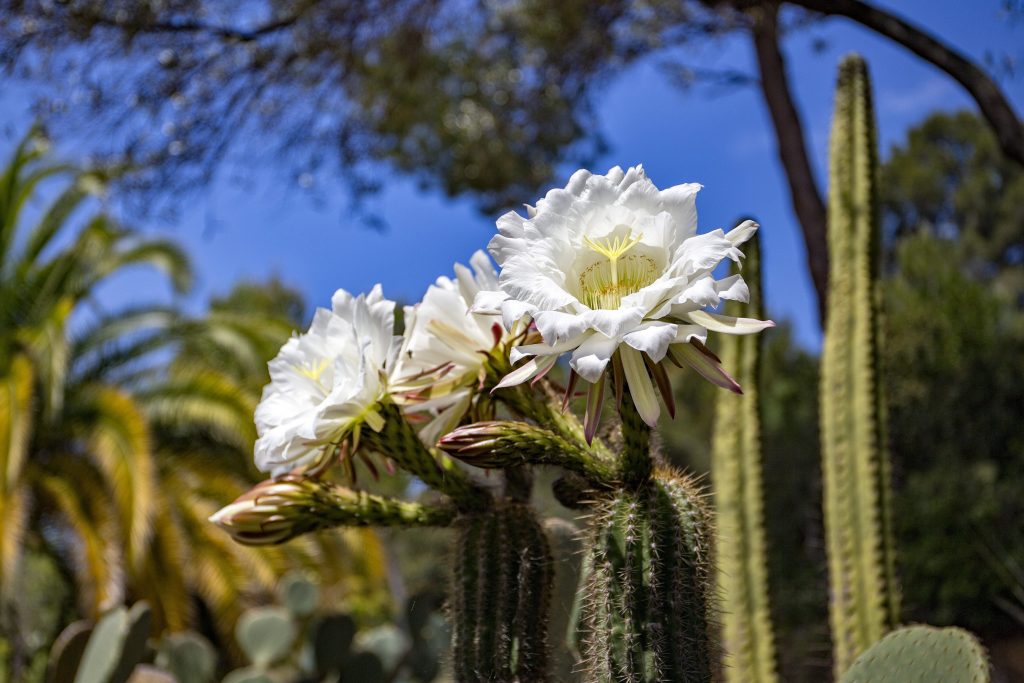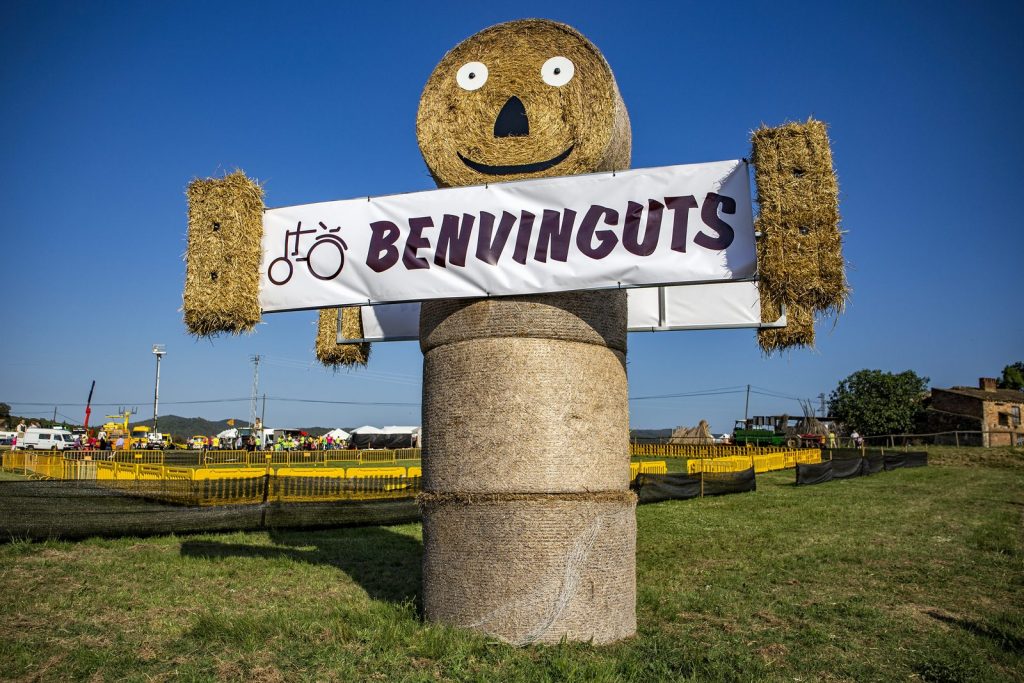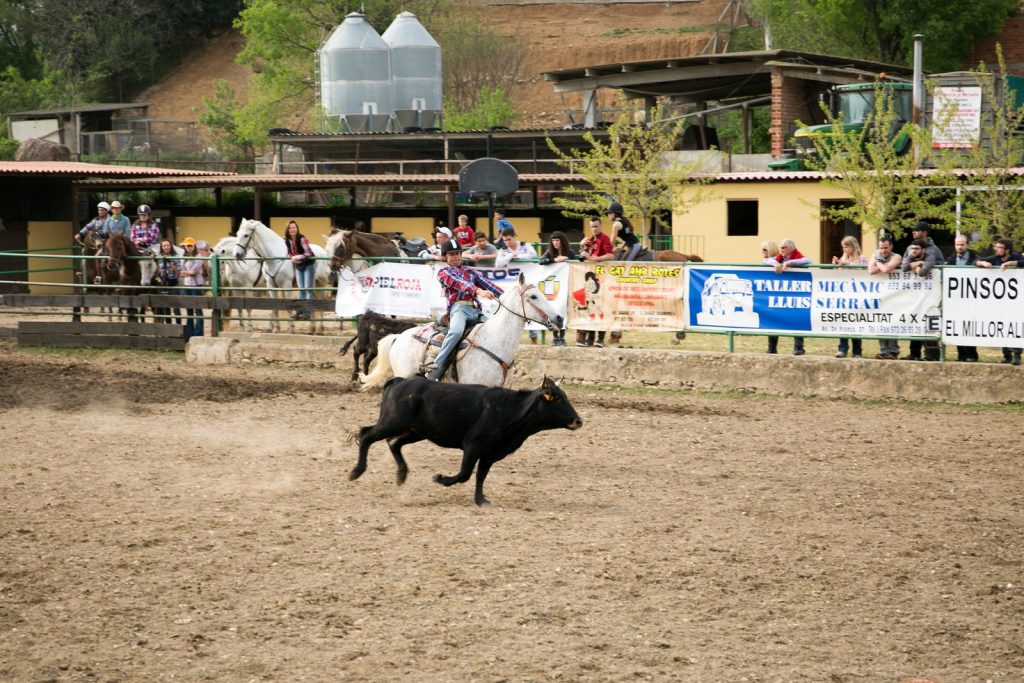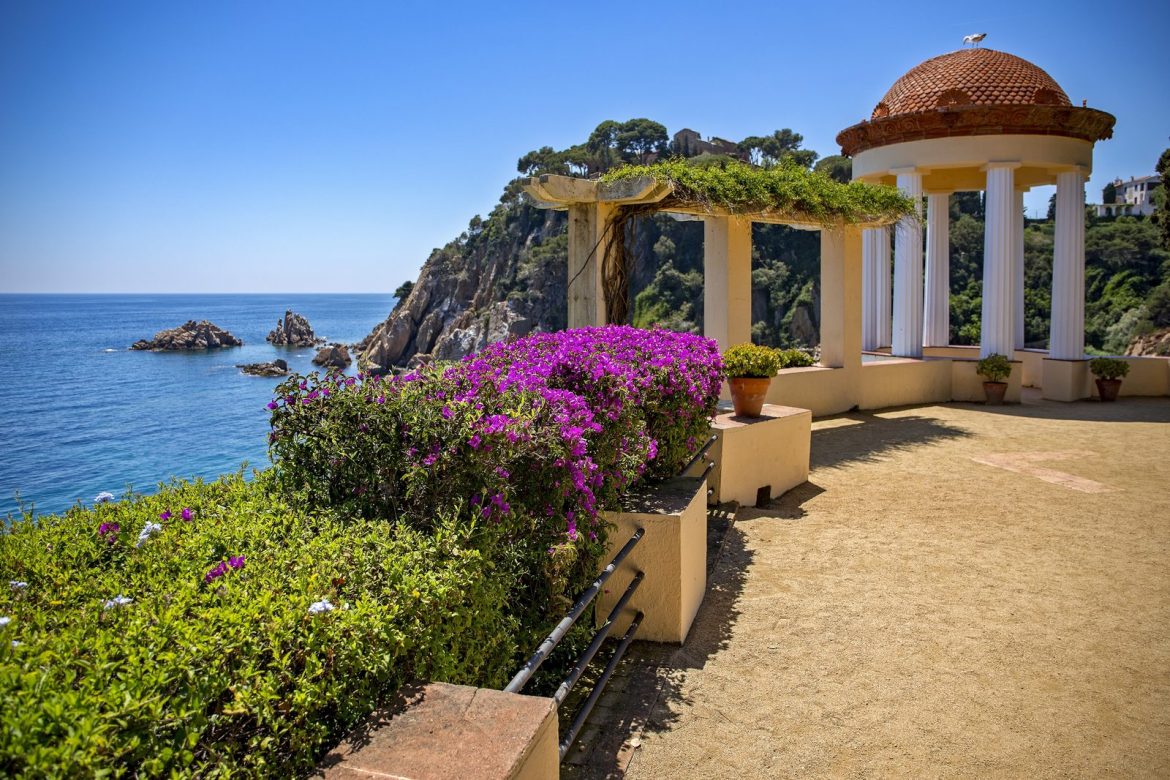
News
Category: Points of interest

For lovers of prickly cacti – between the cities of Blanes and Lloret de Mar, on the rocky coast there is a wonderful park of cacti Pinya de Rosa. Spanish engineer Fernando Riviera de Caralt, a great admirer of these wonderful plants created this park lovingly in 1945. Once the park’s area was more than 50 hectares; today, unfortunately, the park had to seriously make room. Nonetheless, today there you can still find at least 7,000 (!) varieties of these beautiful spines.
Some useful information and photos of the park can be viewed at the link.
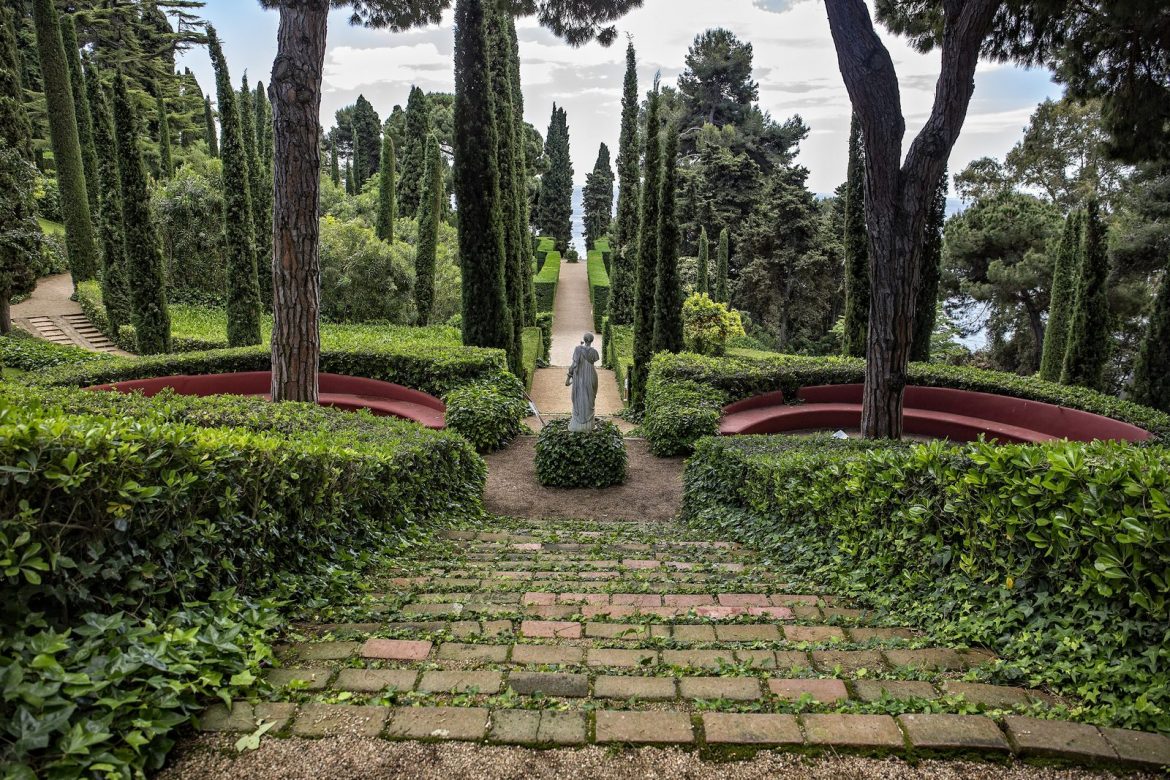
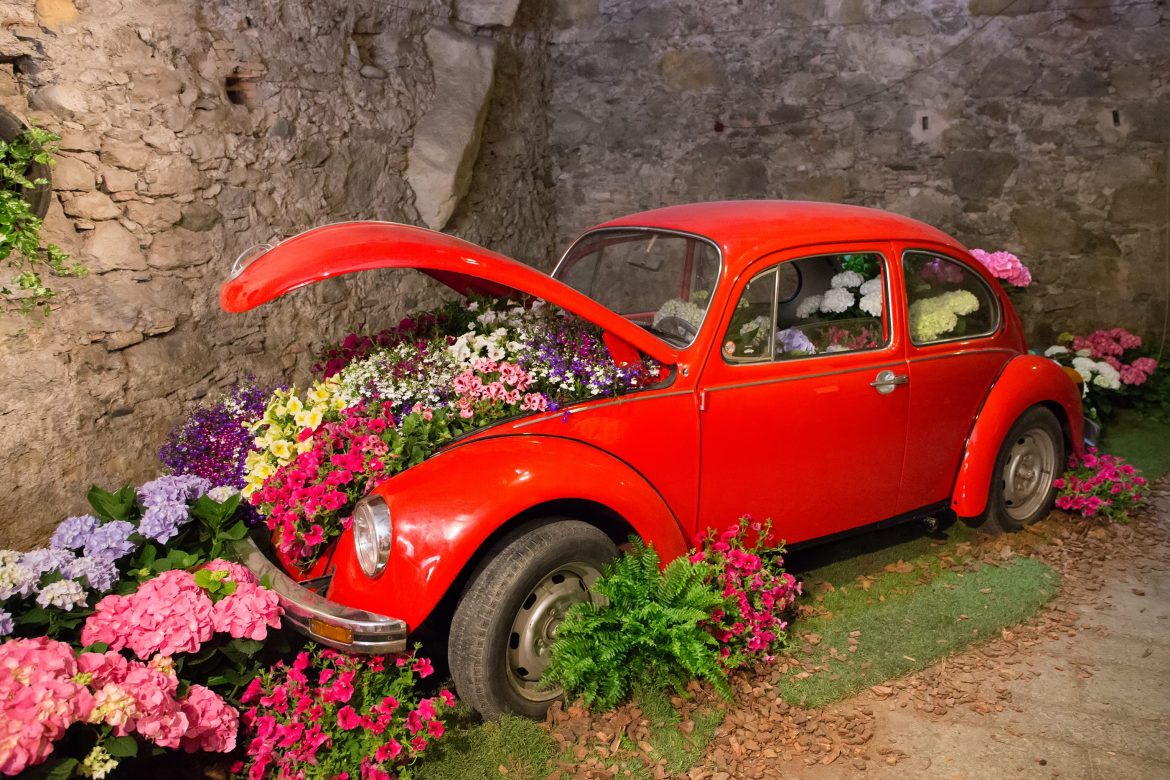
The traditional festival of the Catalan tractor drivers “Fira de tractoristes 2015” took place last weekend in the open field near the town of Vidreres. This year, already for the 40th time – quite a long tradition!
Various equipment was lined up in the field; there were police, fire and medical vehicles, various tractors and yellow tow trucks from Viñas company. Mandatory attribute of any fairs and town festivals – a variety of tents selling a variety of food and unbelievable knick-knacks, the purpose of which you can not even guess. The obligatory march of giant dolls is followed by entertaining contests and a demonstration of professional skills for working in the field.
And well, for dessert – an indispensable part of the program – a procession of tractors! More than a hundred, of different ages and epochs, caressed by love of their owners. Quite often on the tractor sit several generations, from grandson to grandfather …
You can read the short story about the Tractor drivers festival in Vidreres 2015 with photos following the link.
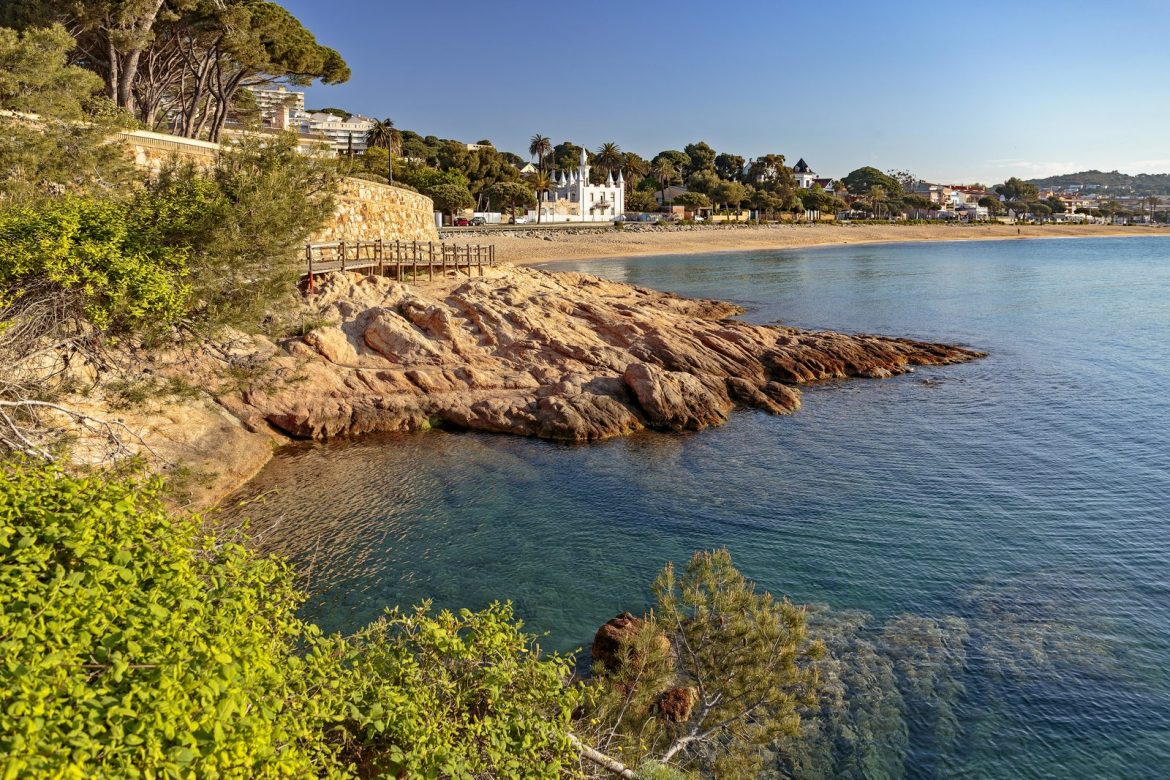
We continue to explore one of the most remarkable and picturesque sights of Catalonia – hiking trails laid along the seashore, usually called “cami de ronda” in Catalan. Today we propose to to make a walk along the seashore from the San Pol beach in S’Agaro towards Sant Feliu de Guixols. This route is different from the previous walk along the La Gavina residencial complex in S’Agaro, today we have more descents and ascents, the path is not so even, sports shoes are recommended, as well as fresh water to replenish the acid-base balance, dedication and camera, because the views are absolutely stunning!
Read more
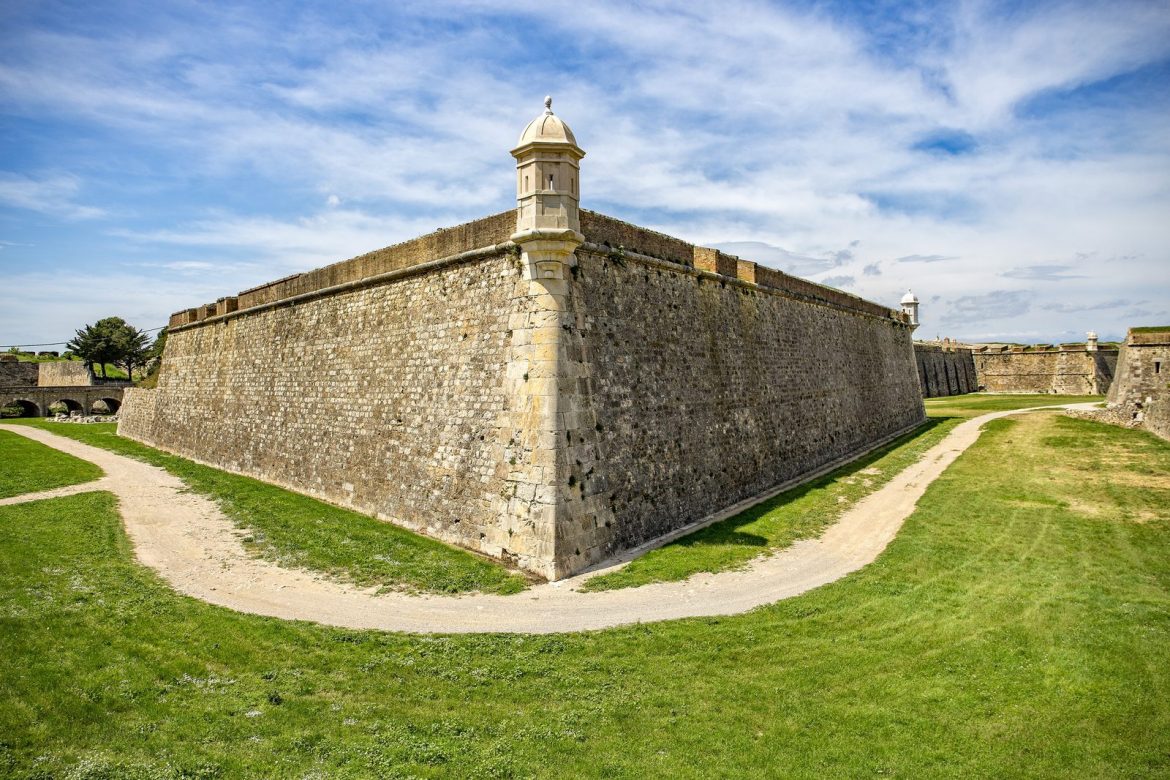
When visiting the city of Figueres, most of the tourists usually aim at visiting the Salvador Dali Theater-Museum – and this is really a must-see place.
However, only a small part of the guests of Figueres knows that, not far from the Dali House Museum, there is another prominent landmark. Namely, the Fortress of St. Fernando in Figueres (Castillo de San Fernando), the largest bastion type fortress in Europe, founded in 1753.
The fortress was vital for Spain to protect itself from the encroachments of the peace-loving neighboring France. The fact is that under the terms of the Treaty Of The Pyrenees peace agreement of 1659, the northern part of Catalonia was ceded to France, and with it all the defensive structures of that time, leaving the borders of Spain without proper supervision.
The construction was carried out thoroughly, no money was spared. The project was breathtaking – the fortress could house a garrison of 4,000 people, the underground stables could fit 450 horses, and the supply of food and water should have been enough for a whole year of siege!
According to the tradition of those years, the fortress was named in honor of the Spanish monarch Fernando VI, who ruled at the time of the foundation of the fortress. Unfortunately, he did not have time to enjoy the finished creation, and after the death of the king, the construction was delayed for almost 40 years, and many objects were never completed. And the good-natured French already in 1794 laid siege to the fortress and took by storm, and then repeated it again and again in 1811 and 1823, showing no respect for this wonderful gem of fortification science.
Read more
Walking along Besalu on Saturday, April 18, we were surprised to find announcements that the city is hosting a festival of the Texas cowboys in the style of the Wild Wild West (Festa Western a Besalú), and for the 6th time already!
Fans of country-style, American cars, cowboys in obligatory jeans, boots and hats, flags of the Confederation of the Southern States, traditional cowboy fun – rodeo and dancing to live country music – all of the above was concentrated on the fenced site behind the old town…
A short story and photos that we managed to take during the Cowboys Festival in Besalu can be viewed at the link.
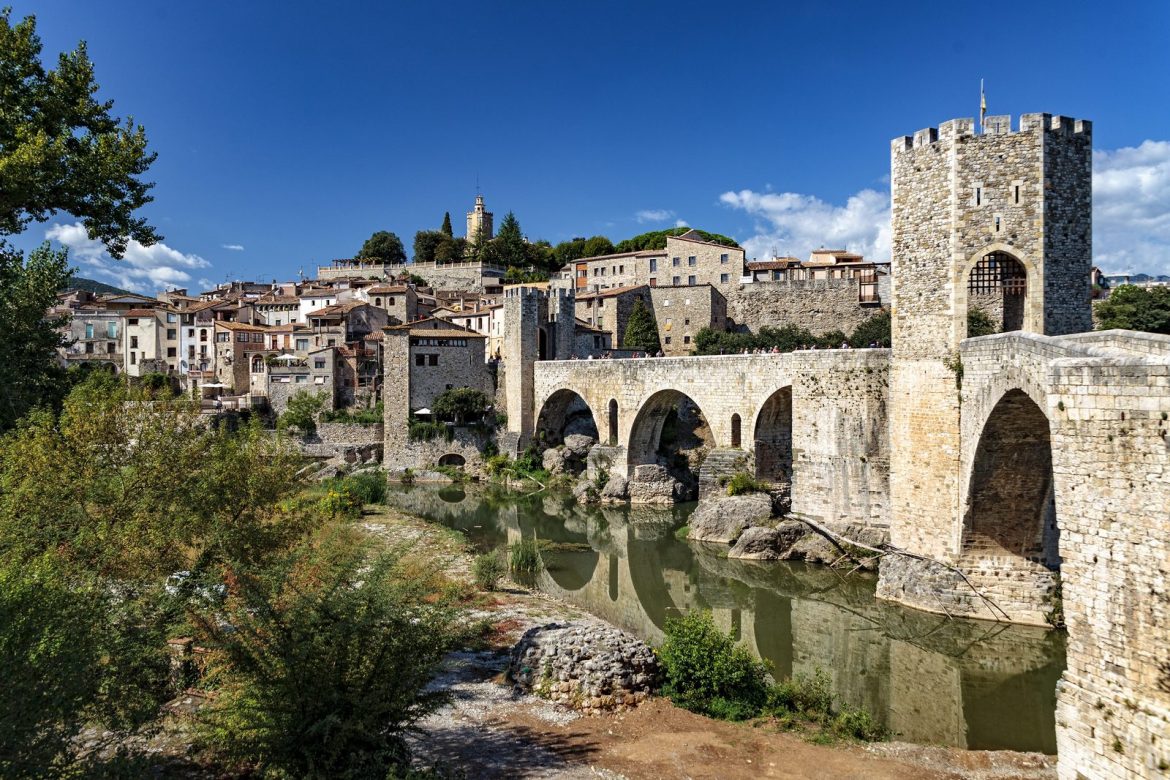
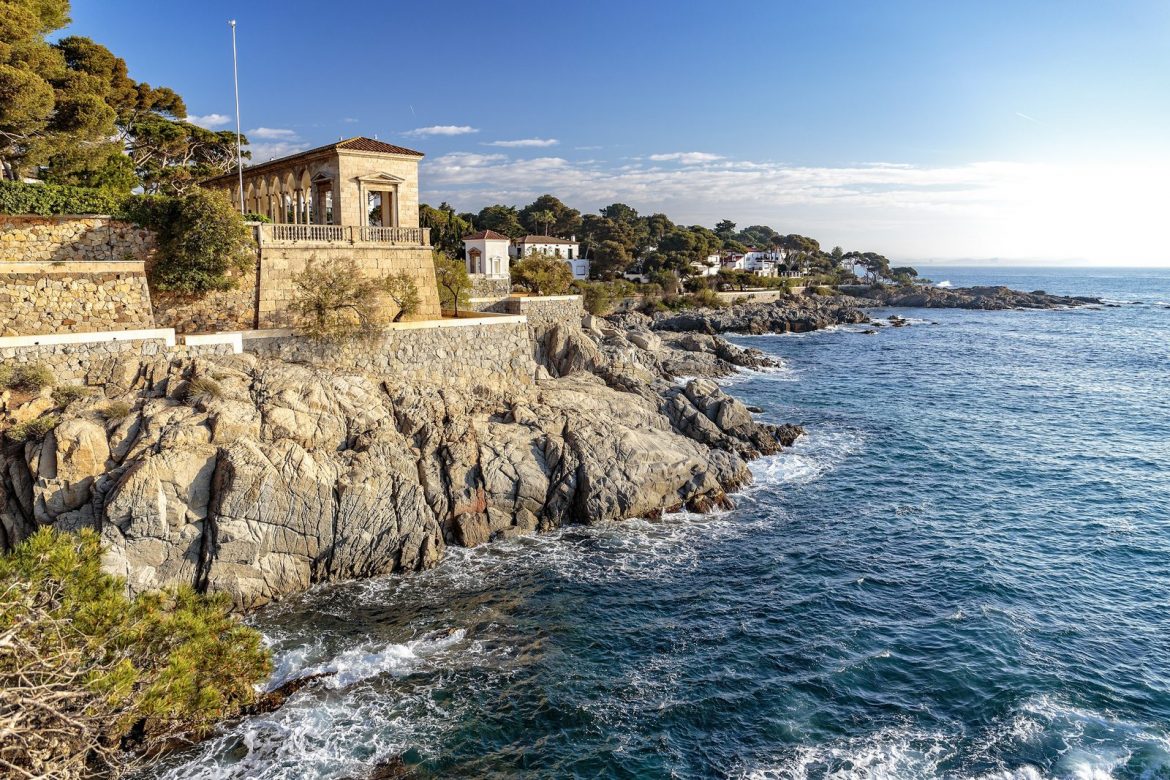
We invite you to stroll along Camino de Ronda in S’Agaro – without exaggeration, the most beautiful hiking trail of the Costa Brava. It passes along the seashore around the elite residential complex S’Agaro Vell and famous hotel Hostal de la Gavina.
The first houses in the prestigious urbanization S’Agaro were erected from 1922 to 1924. Around the same time began the construction of a wonderful walking trail along the seashore. The Hostal de la Gavina opened its doors to visitors in 1932. Since then, the stream of people eager to relax here has not dried up year after year; and it is very, very prestigious to own an expensive real estate in Sagaro – you can easily meet one of the celebrities during a walk here…
Our path will take you from San Pol beach to Sa Conca beach, the path is very comfortable for walking, rather wide and level, which lovers of a healthy lifestyle enjoy with pleasure – along the way you will meet many runners and walkers😊. The length of the route is 1 km 800 m in one direction, but you still won’t be able to quickly get through – the breathtaking landscapes of rocky shores in combination with the azure color of sea water in countless bays and year-round fresh green Mediterranean pines leave no one indifferent, the best selfies are guaranteed! And if you’re lucky – you can see squirrels, which are found here in abundance …

 Русский
Русский
 Français
Français
 Español
Español
 English
English
 Català
Català
